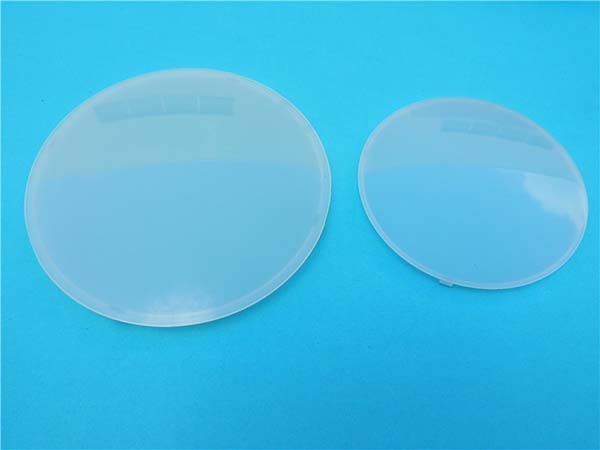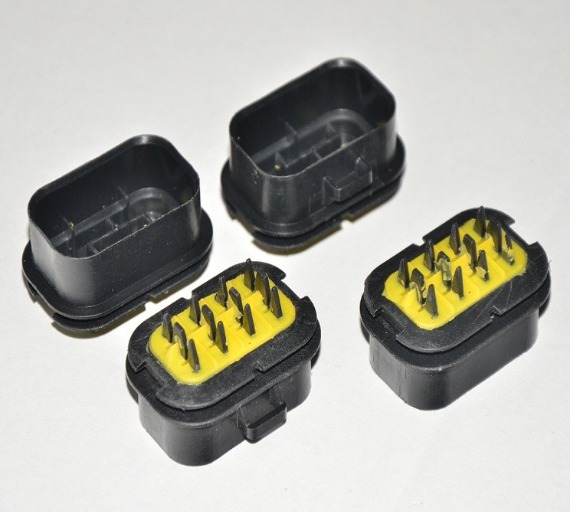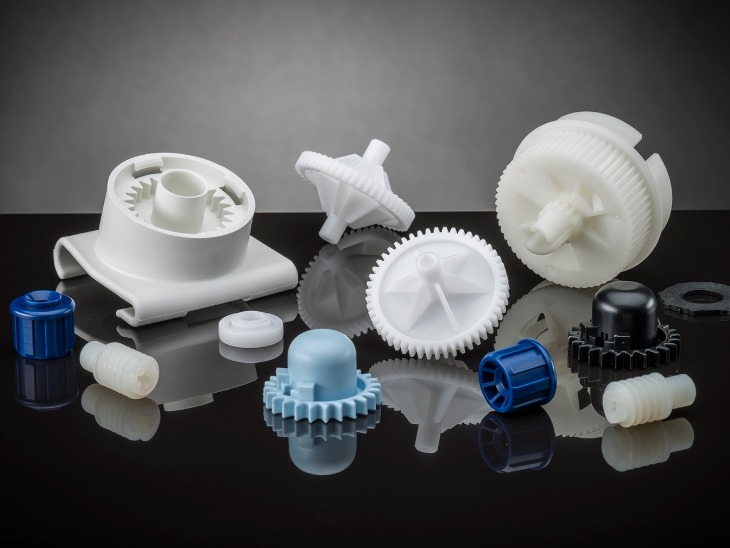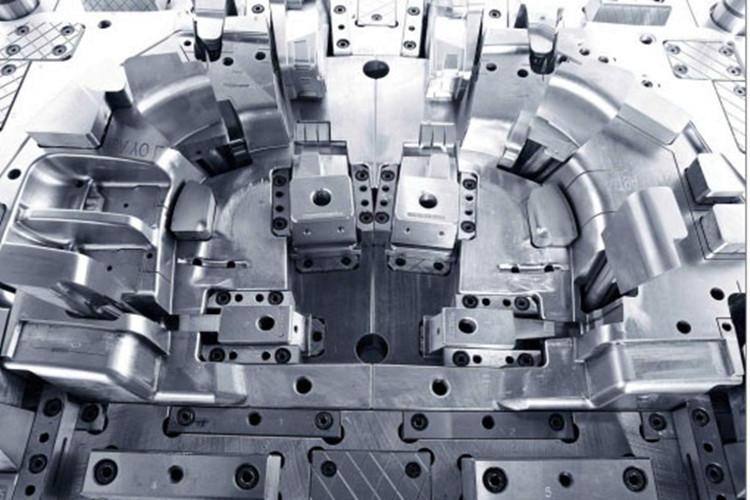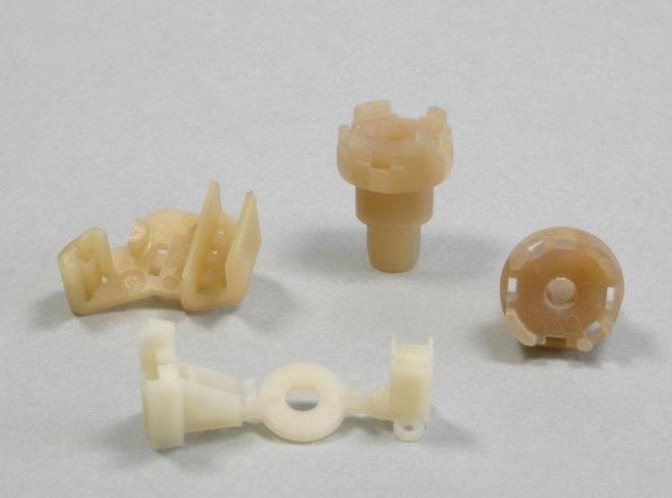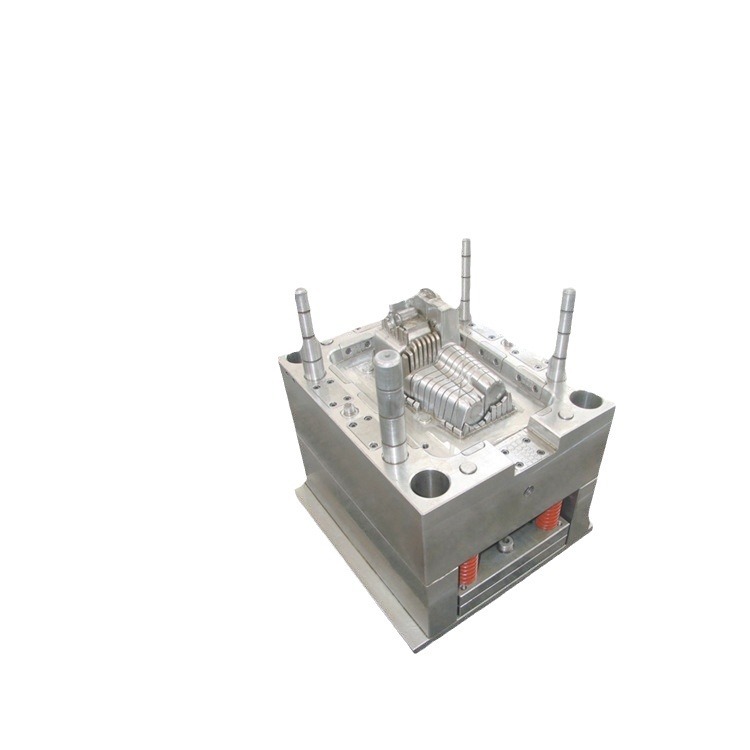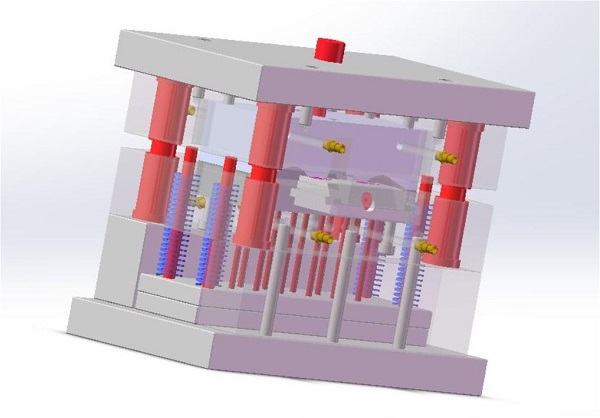Polymethyl Methacrylate (PMMA), commonly known as acrylic, is prized for its exceptional transparency, but molding it to perfection comes with unique challenges. Even tiny flaws like micro-scratches or cloudiness can ruin its optical clarity, making parts unsuitable for applications like lenses or display covers. Many manufacturers struggle with maintaining color stability across batches, as PMMA’s transparency makes even slight discoloration noticeable. Additionally, balancing process parameters to prevent warpage while achieving a high-gloss finish can be tricky. This guide addresses these pain points, offering expert insights into PMMA’s properties, molding processes, and more to help you produce crystal-clear, high-quality parts.
Material Properties of Polymethyl Methacrylate (PMMA/Acrylic): Clarity and Beyond
Polymethyl Methacrylate (PMMA)—or acrylic—is celebrated for its outstanding optical clarity, with light transmission rates of 92–93%, surpassing even glass in some cases. This makes it a top choice for applications where transparency is critical, such as optical lenses and display screens.
UV resistance is another key property: PMMA resists yellowing from sunlight far better than many plastics, including polycarbonate (PC). Its weatherability is exceptional, withstanding rain, snow, and temperature fluctuations without losing gloss retention—ideal for outdoor applications like skylights and signage.
While impact resistance of PMMA (2–4 kJ/m² notched Izod) is lower than PC, it’s still sufficient for non-safety applications like cosmetic containers. Thermal properties include a glass transition temperature of 105°C, allowing it to handle moderate heat, though it softens above 80°C.
Chemical resistance is moderate: PMMA resists water, oils, and weak acids but can be damaged by alcohols and solvents. Dimensional stability is good, with a coefficient of thermal expansion of 70–90 ppm/°C, ensuring parts retain their shape in varying temperatures. Color stability is excellent in indoor settings, though prolonged exposure to high heat can cause slight tinting in colored grades.
Injection Molding Process for PMMA: Precision in Every Step
PMMA injection molding demands careful control to preserve its transparency. Drying requirements are important: PMMA absorbs moisture slowly but must be dried at 80–90°C for 2–4 hours to remove surface moisture, ensuring moisture content below 0.02% to prevent cloudiness.
Melt temperature ranges from 210–240°C. Temperatures below 210°C lead to poor flow and short shots, while exceeding 250°C causes degradation, resulting in yellowing or haze. Injection pressure typically falls between 80–120 MPa, with higher pressures needed for complex geometries to ensure complete filling without voids.
Injection speed should be moderate (40–60 mm/s) to minimize flow marks, but fast enough to avoid premature cooling. Too slow, and visible lines appear; too fast, and shear heating can degrade the material. Cooling time is 15–25 seconds, critical to prevent internal stress that causes optical defects like birefringence.
Cycle time averages 30–50 seconds, with high-gloss processing requiring slower cooling to maintain surface smoothness. Runner and gate design should be generous—large runners and edge gates work well, as PMMA’s viscosity is higher than some plastics. Process optimization often involves 微调 (fine-tuning) hold pressure to eliminate sink marks without causing flash.
Mold Design for PMMA Molding: Crafting for Clarity
Mold design principles for PMMA focus on preserving transparency and achieving a flawless finish. PMMA mold materials must be polished to a mirror-like surface finish—P20 steel with a diamond polish (Ra < 0.02 μm) is standard, as it transfers its smoothness to the part, enhancing high-gloss mold surface replication.
Mold flow analysis is essential to identify potential issues like air traps or weld lines, which appear as haze in PMMA parts. Cooling channel layout should be uniform, with channels 8–12 mm from the cavity to prevent uneven cooling and warpage. Water temperatures of 50–60°C balance cooling speed and part quality.
Venting requirements are strict: vents 0.01–0.02 mm deep at flow ends prevent air bubbles, which show as voids in the final part. Draft angles of 0.5–1° per side reduce friction during ejection, protecting the part’s surface from scratches.
Ejector pin design uses large, flat pins or stripper plates to distribute force evenly, avoiding marks that mar clarity. Hot runner systems with valve gates are beneficial for large parts, reducing weld lines and gate marks. Regular mold maintenance—including re-polishing—is crucial, as even minor scratches on the mold transfer to the PMMA part.
Quality Control and Defects in PMMA Molding: Clear Solutions
PMMA’s transparency makes defects highly visible, so rigorous quality control methods are essential. Common issues and their solutions include:
| Defect | Cause | Solution |
| Cloudiness/Haze | Moisture or degradation | Improve drying; lower melt temperature. |
| Flow Lines | Slow injection speed or uneven flow | Increase speed; optimize gate location. |
| Voids | Trapped air or insufficient packing | Add vents; increase hold pressure. |
| Warpage | Uneven cooling or residual stress | Balance cooling channels; anneal parts. |
| Scratches | Poor mold release or rough handling | Polish mold; use cleanroom handling. |
Inspection techniques include visual checks under LED lights to detect haze, and spectrophotometers to measure light transmission (target: >90% for clear parts). Optical defects like birefringence are checked with polariscopes, ensuring parts meet standards for lenses.
Statistical process control (SPC) monitors variables like melt temperature and pressure, with allowable deviations of ±5°C and ±10 MPa. Dimensional accuracy is verified with CMMs, targeting tolerances of ±0.03 mm for precision parts like optical components.
Applications of PMMA in Injection Molding: Clarity in Action
PMMA’s unique properties make it versatile across industries:
- Optical components: Eyeglass lenses, camera viewfinders, and fiber optic connectors leverage its optical clarity and low distortion.
- Lighting fixtures: LED covers and light diffusers use PMMA for its ability to transmit light evenly while resisting UV damage.
- Automotive lenses: Interior lighting lenses and instrument clusters benefit from its gloss retention and color stability.
- Medical devices: Diagnostic equipment covers and sample containers use PMMA for its clarity and ease of sterilization (via ethylene oxide).
- Consumer electronics: Smartwatch displays and smartphone camera lenses use PMMA for its cost-effectiveness and transparency.
Design for manufacturing tips: Use uniform wall thickness (2–4 mm) to avoid sink marks, and rounded corners to reduce stress concentrations that cause haze. For outdoor parts, specify UV-stabilized grades to enhance weatherability.
Post-Processing and Finishing of PMMA Parts: Enhancing Performance
Post-molding operations for PMMA must preserve its clarity and finish. Surface treatments like hard coating (silicone dioxide or acrylic-based) significantly boost scratch resistance, common for eyewear and displays.
Painting and coating with clear, UV-stable lacquers can enhance weatherability for outdoor parts, applied in dust-free environments to avoid particles. Adhesive bonding uses optically clear adhesives (OCA) for lens assemblies, ensuring no visible glue lines.
Ultrasonic welding works well for PMMA, creating strong bonds without affecting clarity—ideal for medical device enclosures. Machining and trimming use sharp carbide tools at low speeds to prevent chipping, critical for precision lenses.
Heat treatment (annealing at 80–90°C for 1–2 hours) relieves residual stress, reducing warpage and improving dimensional stability. Assembly tolerances are tight (±0.02 mm) for optical components to ensure proper alignment, with finishing standards including ISO 10110 for optical parts.
Yigu Technology’s Perspective
As a leading custom manufacturing supplier in China, Yigu Technology specializes in PMMA injection molding. We understand that optical clarity is paramount, so we use precision molds with mirror finishes and strict drying protocols. Our expertise in process optimization minimizes defects like haze and flow lines, ensuring parts meet the highest standards for lighting, automotive, and consumer electronics. Whether you need intricate optical components or durable outdoor signage, we deliver PMMA parts that combine clarity, weatherability, and consistency.
FAQs
- How does PMMA compare to glass in terms of weight and impact resistance?
PMMA is 50% lighter than glass and, while less impact-resistant than PC, is more shatterproof than glass, making it safer for applications like display covers and lighting fixtures.
- Can PMMA be recycled?
Yes, PMMA is recyclable. Recycled PMMA (rPMMA) retains most of its optical clarity and can be used for non-critical applications like packaging or decorative parts, though virgin PMMA is preferred for precision optics.
- What is the maximum temperature PMMA can withstand?
PMMA has a continuous use temperature of 80°C. Short-term exposure to 100°C is possible, but prolonged heat above 80°C can cause warping or slight yellowing.
